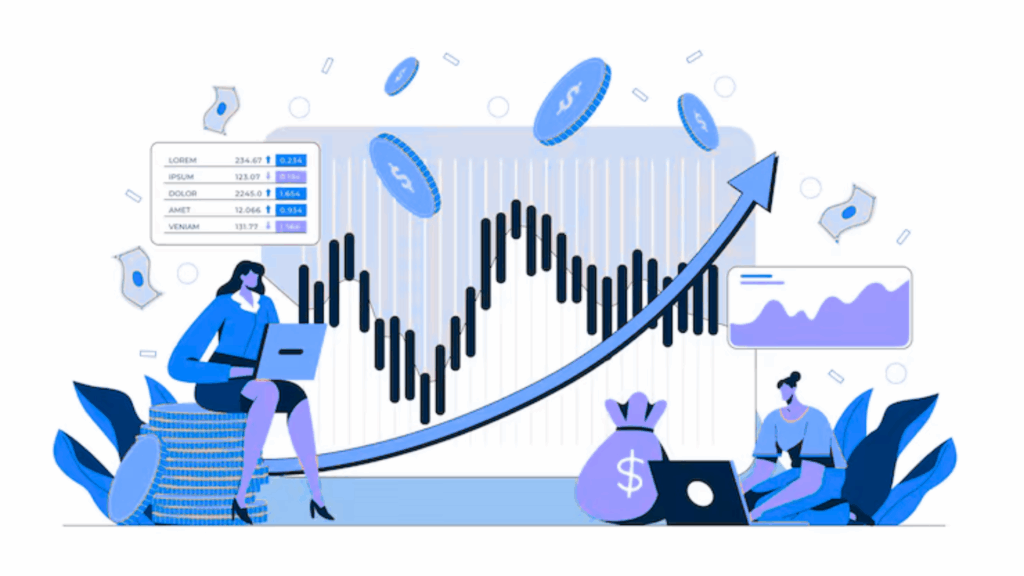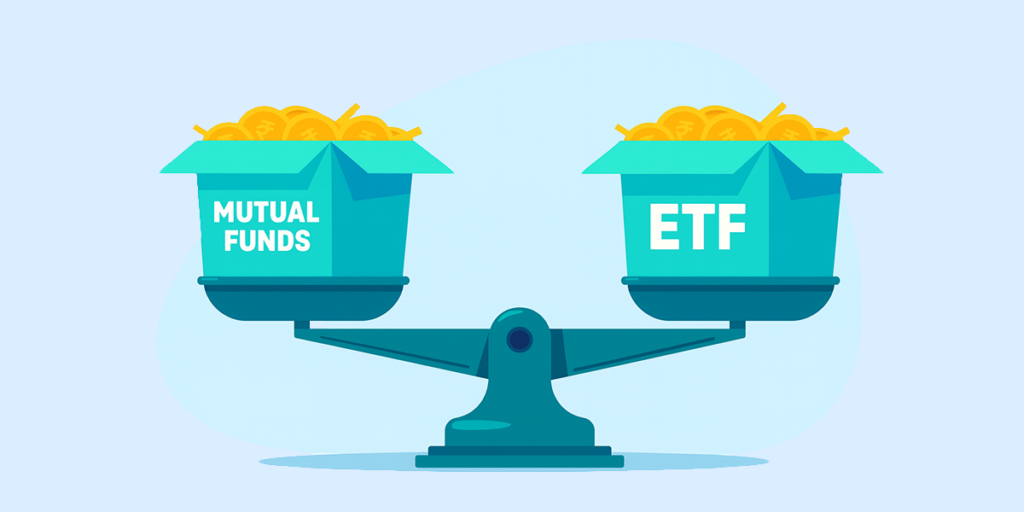Eli Lilly’s (Ticker: LLY) recent entry into the trillion-dollar club this year added yet another name to a group still dominated by U.S. companies. It underscores how frequently America produces firms whose valuations accelerate faster than almost anywhere else in the world.
India’s equity market, though one of the world’s strongest long-term performers, generates far fewer of these abrupt, outsized winners. The contrast highlights a structural divide: America rewards transformative potential with rapid reratings, while India channels most of its gains through steady, earnings-driven compounding.
The gap reveals something fundamental about how different markets reward risk and innovation. India builds wealth through steady compounding in established sectors. America generates it through occasional explosions in emerging ones.
Where Structure Creates Opportunity
American equity markets hold roughly $65 trillion in market capitalization compared to India’s $5.3 trillion, but size alone doesn’t explain the frequency of extreme returns. The composition matters more. India’s major indices concentrate heavily in financial services, IT services, automobiles, and consumer goods sectors that produce reliable earnings and consistent growth but rarely create sudden breakouts. The U.S. market spans biotechnology, cloud infrastructure, artificial intelligence hardware, semiconductor manufacturing, renewable energy technology, and rare-earth processing, industries where breakthroughs can reprice companies in months rather than years.
This structural difference shows up in how each market processes uncertainty. Microsoft (Ticker: MSFT) has delivered roughly 472,000% lifetime returns since its 1986 IPO, Apple (Ticker: AAPL) has gained approximately 339,000% since 1980, and Nvidia(Ticker: NVDA) has surged about 447,000% since 1999. These aren’t small-cap lottery tickets but trillion-dollar companies that rewarded early believers for decades. Indian markets favor proven business models and visible cash flows, which limit how aggressively investors will price distant potential before it materializes.
Participation rates amplify these dynamics. More than half of American households hold equities either directly or through retirement accounts, creating deep liquidity that allows large price moves to build momentum instead of stalling. Indian retail participation has grown dramatically but remains concentrated among urban populations, and thinner trading volumes in smaller companies make it harder for investors to access rallies even when they occur.
When Global Events Trigger Repricing
U.S. stocks sit at the intersection of global supply chains, making them hypersensitive to geopolitical shifts. When China restricted rare-earth exports in 2024, several American rare-earth processing companies surged 200 to 300% within a span of just a few months as investors anticipated supply realignment.
During the 2024 Bitcoin halving crisis, crypto-mining companies pivoted into AI infrastructure, and some posted four-digit percentage gains as markets repriced stranded power assets into strategic compute capacity. Iris Energy Ltd. (Ticker: IREN) benefited from the sudden demand for AI-optimized servers and climbed sharply.
Read more: How Crypto Miners Accidentally Became America’s New AI Infrastructure Giants
These reactions reflect a market deeply connected to global trade flows, where geopolitical developments can immediately reshape company valuations. Indian stocks certainly respond to domestic policy changes and global commodity prices, but fewer companies occupy critical nodes in international supply chains where disruption creates windfall opportunities.
Capital availability reinforces this pattern. American companies raise money through venture capital, private equity, and active public markets that fund growth before profitability appears. Tesla’s share price surged for years on the belief in electric-vehicle adoption long before the company posted consistent profits. Indian investors historically reward proven stability over distant potential, creating a gap between when U.S. markets begin pricing transformation and when Indian markets typically follow.
How Indian Investors Can Capture Both Patterns
India remains one of the strongest compounding markets globally, with the Nifty 50 averaging over 12% CAGR across the past decade and offering exposure to a young demographic and rising middle class that should drive growth for years. But it doesn’t produce extreme outliers at the same frequency as U.S. markets. To access both steady compounding and breakthrough-driven upside, Indian investors are increasingly adding global exposure.
Platforms like Appreciate make this accessible by allowing Indians to invest in U.S. stocks and ETFs starting at just ₹1 through fractional investing. Rather than committing large capital to unfamiliar markets, investors can build positions gradually across sectors like biotechnology, AI infrastructure, and semiconductor manufacturing that rarely appear in Indian indices. This approach captures exposure to companies operating at the frontier of technological change, where repricing events happen more frequently.
Different Strengths Serve Different Purposes
The U.S. generates more multibaggers because it blends deep liquidity, sector breadth spanning emerging technologies, global supply-chain integration, and a high tolerance for uncertainty. India excels in stability and long-term growth through established industries that serve domestic needs. Neither model is inherently superior, but together they offer investors exposure to both steady accumulation and occasional transformation.
For Indian investors seeking only domestic exposure, the local market provides strong fundamentals and demographic tailwinds. For those willing to look beyond borders, American markets offer access to the companies and sectors where extreme returns cluster most frequently. The opportunity isn’t about choosing between markets, but rather about recognizing what each does best and building portfolios that capture both.
Disclaimer: Investments in securities markets are subject to market risks. Read all the related documents carefully before investing.























